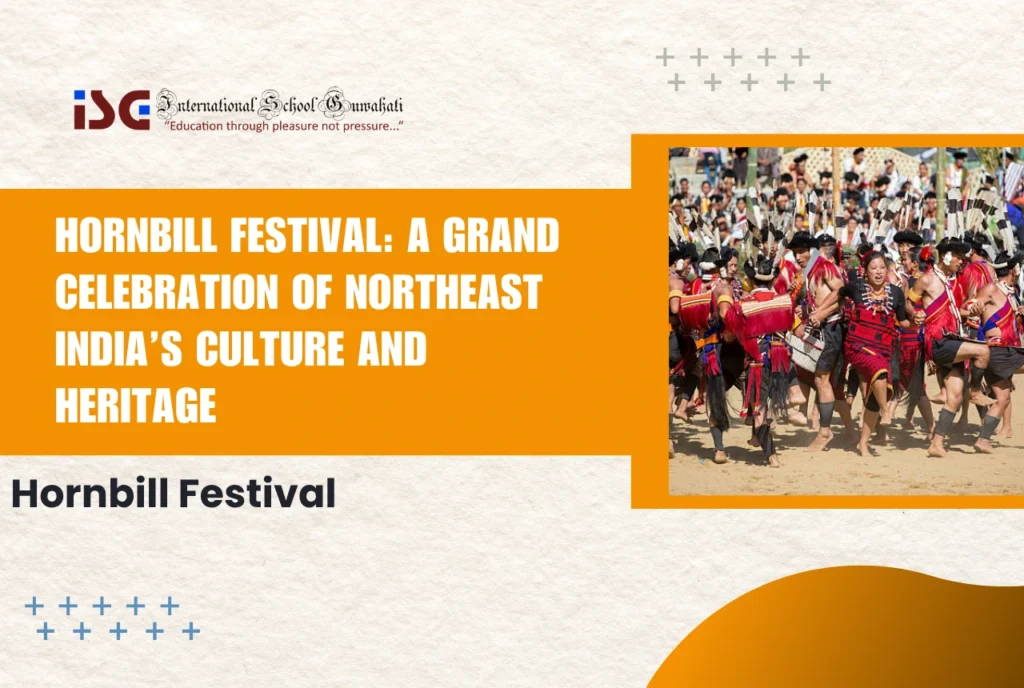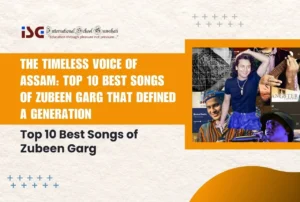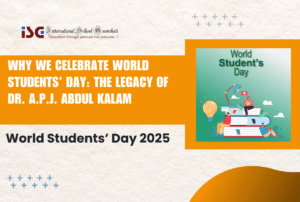![]()
Northeast India is a vibrant tapestry of cultures, ethnic communities, languages, and time-honoured traditions. Among the most prominent cultural events of this region, the Hornbill Festival stands above all as a spectacular celebration of unity, diversity, and indigenous heritage. Every December, thousands of visitors—ranging from cultural researchers to global travellers, educators, and students—arrive in Nagaland to witness this extraordinary festival.
For students of International School Guwahati, learning about the Hornbill Festival 2025 helps deepen their understanding of India’s cultural richness and strengthen their global cultural awareness. In today’s world, where education extends beyond textbooks, festivals like this play a crucial role in shaping mindful, socially aware, empathetic learners.
Understanding the Hornbill Festival 2025: History & Significance
The Hornbill Festival is an annual cultural extravaganza organized by the Government of Nagaland. It takes place from December 1st to 10th every year at Kisama Heritage Village, near Kohima. The festival was first introduced in 2000 to revive, protect, and promote the traditions of more than 16 major Naga tribes.
Why the hornbill bird?
The hornbill bird holds spiritual and cultural importance among the Naga tribes. It symbolizes:
- Strength
- Honor
- Courage
- Respect for nature
Thus, the festival uses the hornbill bird as a powerful emblem of cultural identity.
A Global Stage for Indigenous Culture
Today, the Hornbill Festival is internationally recognized as one of Asia’s largest indigenous cultural festivals. It attracts:
- Travelers from over 50 countries
- Historians & researchers
- Photographers & documentary filmmakers
- Students & educators
- Cultural organizations
The festival is often compared to global cultural showcases like Oktoberfest (Germany), Harbin Ice Festival (China), and Rio Carnival (Brazil)—but with its own unique charm rooted deeply in tribal heritage.
Major Attractions of the Hornbill Festival 2025
Visitors experience a rich blend of tradition, art, music, sports, and community life. Below are some of the most captivating highlights that make the Hornbill Festival unforgettable.
1. Traditional Dance Performances
Each Naga tribe performs its unique dances—war dances, harvest dances, ceremonial dances, and folk dances—accompanied by rhythmic drums, log instruments, and chants. The energy, costumes, and storytelling offer students an immersive cultural learning experience.
2. Indigenous Sports
Traditional sports reflect the strength and skill of tribal life. Some of the popular events include:
- Naga wrestling
- Archery
- Spear throwing
- Bamboo stilt walking
- Fire-making competitions
These sports teach discipline, teamwork, and perseverance.
3. Local Handicrafts & Handlooms
Artisans from different tribes set up stalls showcasing exceptional crafts:
- Handwoven shawls
- Bamboo crafts
- Pottery
- Bead jewelry
- Tribal ornaments
- Wooden carvings
For students interested in art and design, this acts as a live museum of craftsmanship and creativity.
4. Traditional Naga Cuisine
The festival features a grand food bazaar offering dishes such as:
- Smoked pork
- Bamboo shoot curries
- Millet rice
- Sticky rice cakes
- Local herbs & spices
These culinary traditions provide insight into sustainable living and indigenous food practices.
5. Hornbill Music Festival
Nagaland is known as the Rock Capital of India, and the Hornbill Music Nights bring together bands from India and abroad. It includes:
- Rock concerts
- Folk music nights
- Indie artist performances
- DJ evenings
This musical diversity inspires young learners to appreciate global music cultures.
6. Art, Film & Literature Zones
The festival also includes:
- Art exhibitions
- Photography contests
- Film screenings
- Cultural workshops
- Books & storytelling sessions
These spaces encourage creativity and intellectual engagement among students.
Educational Importance for Students
For educational institutions like International School Guwahati, the Hornbill Festival 2025 serves as a remarkable real-world learning platform. It aligns with holistic education, international understanding, and value-based learning.
1. Promotes Cultural Intelligence
Students witness first-hand how different tribes preserve their heritage. This builds respect, empathy, and understanding toward diverse cultures.
2. Strengthens Historical Knowledge
The festival introduces learners to:
- Tribal governance
- Hunting traditions
- Ecological lifestyles
- Ancient rituals
- Community celebrations
It transforms history into a living, interactive experience.
3. Encourages Creativity & Artistic Expression
The crafts, music, and performances inspire students in fields such as visual arts, design, theater and music.
4. Teaches Sustainability & Nature Respect
Naga tribes follow sustainable practices such as organic farming, forest conservation, and eco-sensitive living. Students can learn from these practices and apply them in modern contexts.
5. Builds Social Awareness
Understanding indigenous communities expands students’ perspectives on identity, cultural preservation, and social harmony.
Hornbill Festival: A Bridge to Global Cultural Appreciation
In today’s rapidly globalizing world, it’s important for learners to understand global cultures as well as their own. The Hornbill Festival 2025 helps students connect local heritage to global cultural themes:
- Cultural identity
- Traditional knowledge systems
- Indigenous rights
- Community living
- Storytelling traditions
It broadens their worldview and nurtures global citizenship.
Why This Festival Matters to International School Guwahati
As an institution committed to holistic development, International School Guwahati believes that education happens both inside and outside the classroom. The Hornbill Festival 2025 supports the school’s mission in several ways:
- Encourages experiential learning
- Strengthens cultural awareness
- Enhances global understanding
- Inspires creativity and innovation
- Builds a strong sense of identity among students
Through project-based learning, cultural discussions, research work, field visits, and creative assignments, students gain deeper insights into the festival’s importance.
An Unforgettable Cultural Journey
The Hornbill Festival 2025 is a treasure house of tradition, music, art, and community spirit. Visitors do not just attend the festival—they immerse themselves in stories, songs, rituals, and experiences that have been passed down for hundreds of years.
For students, it is an opportunity to:
- See diversity in action
- Appreciate indigenous wisdom
- Engage with living history
- Build respect for cultural identities
- Learn values of unity & harmony
This cultural exposure prepares young minds to become informed, empathetic global citizens—one of the core values of International School Guwahati.
Conclusion: Preserving Heritage, Inspiring Young Minds
The Hornbill Festival 2025 is not just a cultural event; it is a celebration of identity, unity, and the enduring spirit of the Naga people. It connects generations, brings communities together, and showcases the richness of India’s Northeast to the world.
For the students of International School Guwahati, learning about this festival nurtures cultural appreciation, curiosity, and respect- values essential for the leaders of tomorrow.
As we move toward a more interconnected world, embracing such cultural wonders helps build a stronger, more understanding global community.








